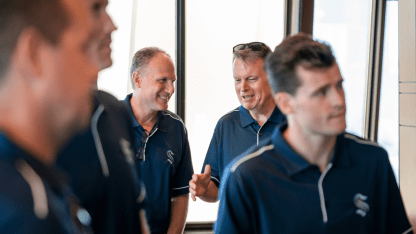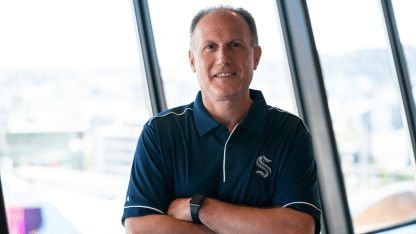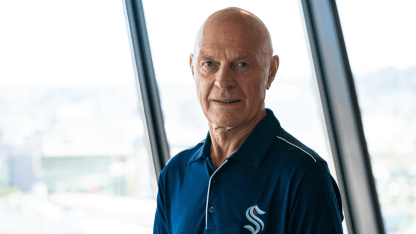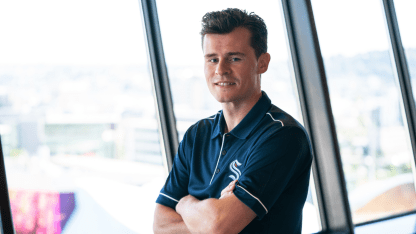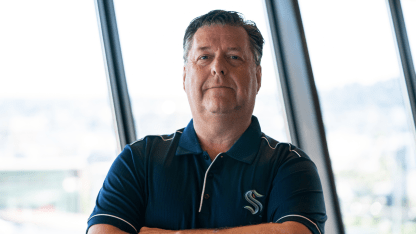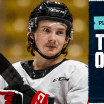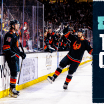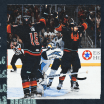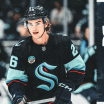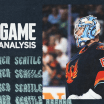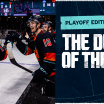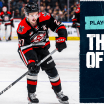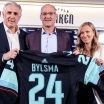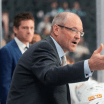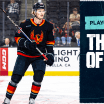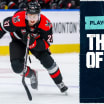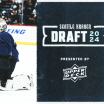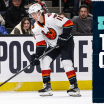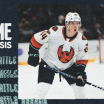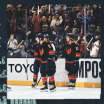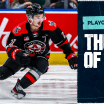Offseason efforts aimed at getting Seattle back in the Stanley Cup Playoffs next spring are in high gear, with the Kraken pro scouting staff in town to meet with GM Ron Francis and the hockey operations group.
On the agenda: Pouring over in-depth reports on all players with pro contracts connected to each of the 31 other NHL franchises. One order of business, among others, is identifying players that might be signed in free agency starting July 1 or potentially acquired by trade before training camp.
The roster review adds up to 50-some skaters and goalies per team between the NHL and AHL rosters, plus some players with ECHL teams, the league a tier below the AHL. Each scout takes responsibility for five to nine opponents and needs to be ready to go deep (naturally as a Kraken employee) on any name prompting questions or clarifications or bottom-line how-much-do-we-want-this-guy discussions.
Francis started the meetings with what might be called State of the Kraken’s Union material with the scouts, assistant GMs and hockey analytics personnel on hand.
“The message varies depending on the time of the year [the scouts meet in the middle of the hockey season too],” said Dave Baseggio, Director of Pro Scouting, who started with the franchise a season before the Kraken took to the ice. “Then we start with our teams. It takes about a day [of meeting time] to get through them all.”

